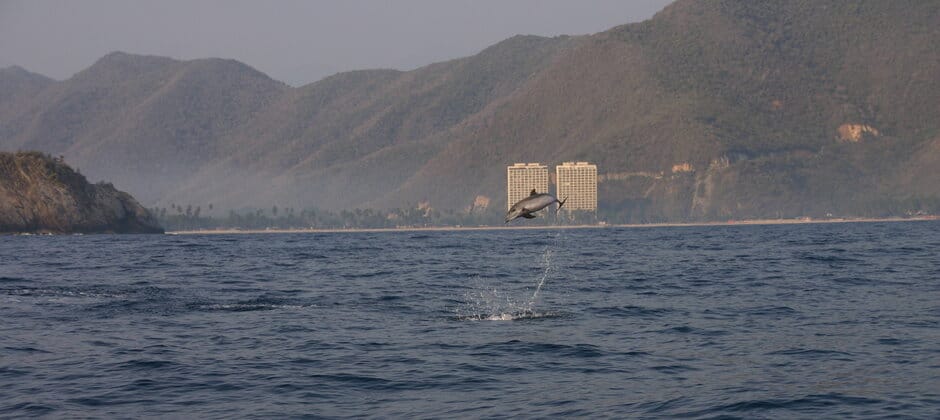Share this article
Wild Cam: Tracking Venezuelan dolphins
Researchers are tracking dolphin populations across parts of the Venezuelan coast in an effort to improve information in an understudied part of the Caribbean Sea.
“Venezuela holds 33% of the cetacean species, and its patrimonial sea covers one-fifth of the Caribbean Sea,” said Sergio Cobarrubia, a marine biologist with the Venezuelan Institute of Scientific Investigations. “The information gaps in cetology are enormous.” Much of that is due to lack of funding, he said.
Enlarge
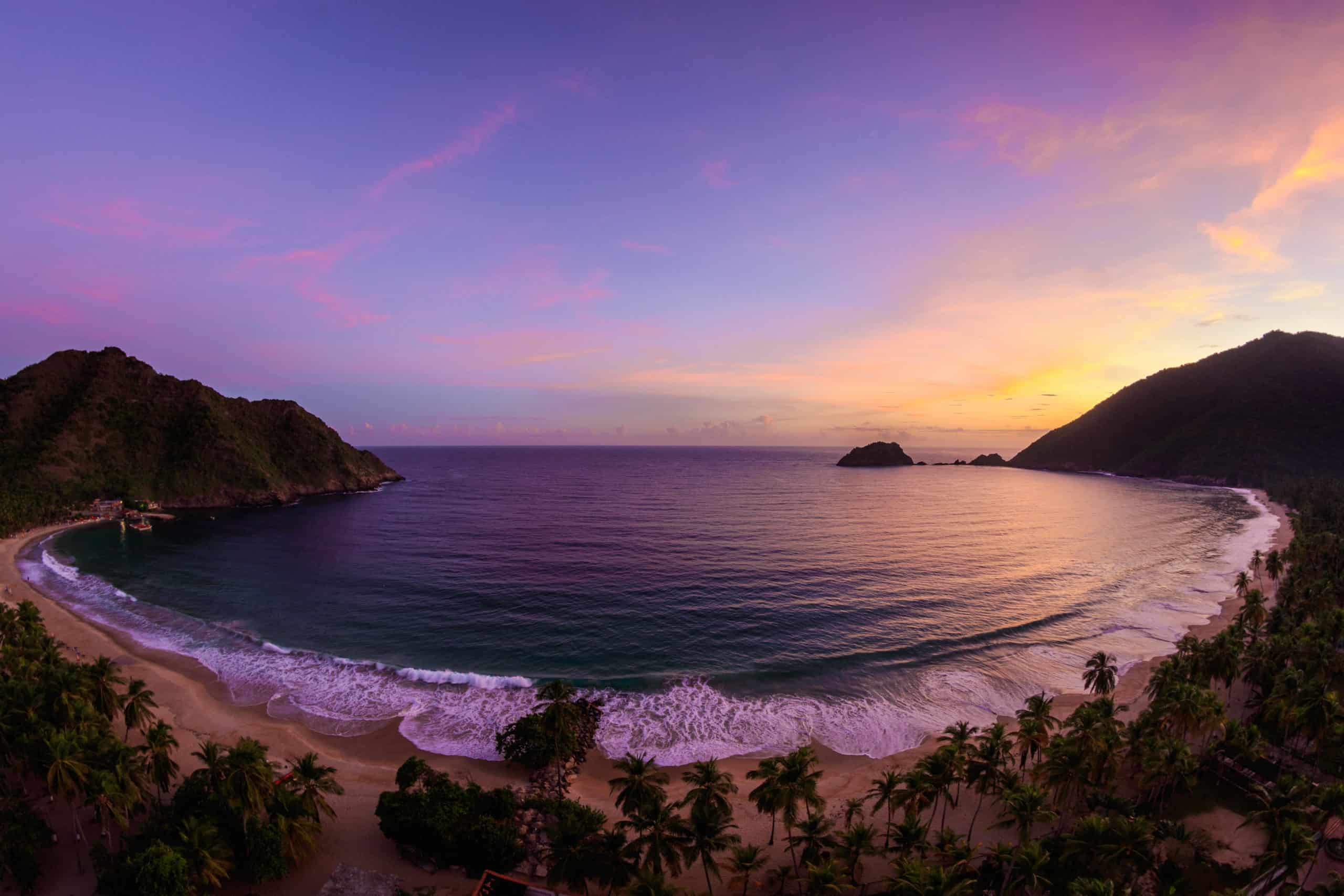
Credit: Sergio Cobarrubia-Russo
But Cobarrubia and his colleagues have been working to fill in these gaps by conducting maritime surveys in an area in the state of Aragua, between Turiamo Bay and Puerto Colombia in north central Venezuela.
“There is very little known at all about the more than 20 cetacean species that have been recorded in this area,” said TWS member Shannon Barber-Meyer, a research wildlife biologist with the U.S. Geological Survey working with Cobarrubia on this research. Barber-Meyer recently presented their research on a population of bottlenose dolphins (Tursiops truncatus) at The Wildlife Society’s virtual 2021 Annual Conference.
Enlarge
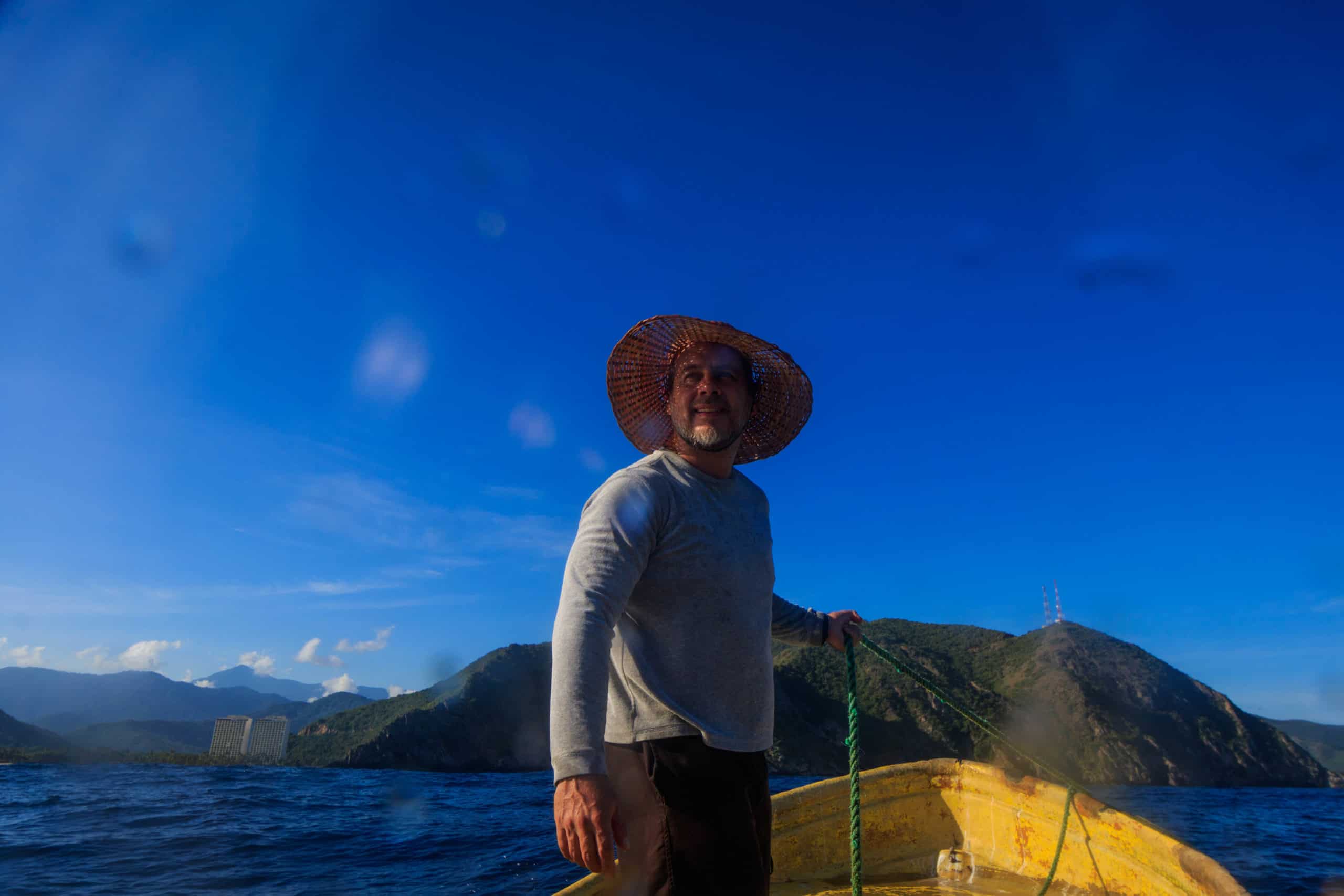
Credit: Courtesy of Sergio Cobarrubia-Russo
Between 2004 and 2008, Cobarrubia set out by boat in an area about three kilometers offshore to study the dolphins. In total, he conducted 100 surveys on dolphins over 30-kilometer transects.
“It’s a really special area,” Barber-Meyer said, “because of the limited human impact there.”
Enlarge
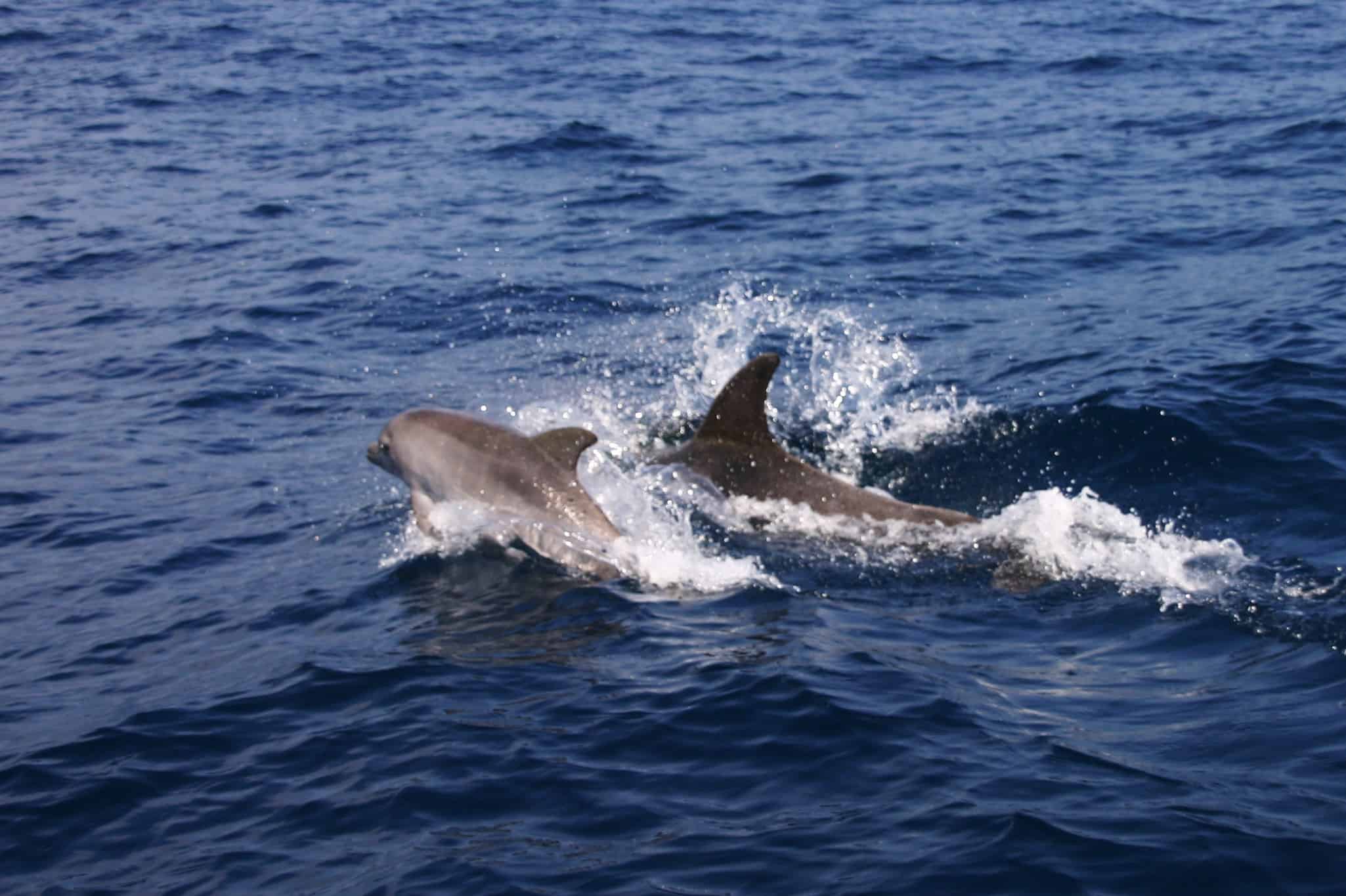
Credit: Sergio Cobarrubia-Russo
Each trip took about three to four hours, during which time Cobarrubia snapped photos of the bottlenose dolphins and other cetaceans he saw.
Enlarge
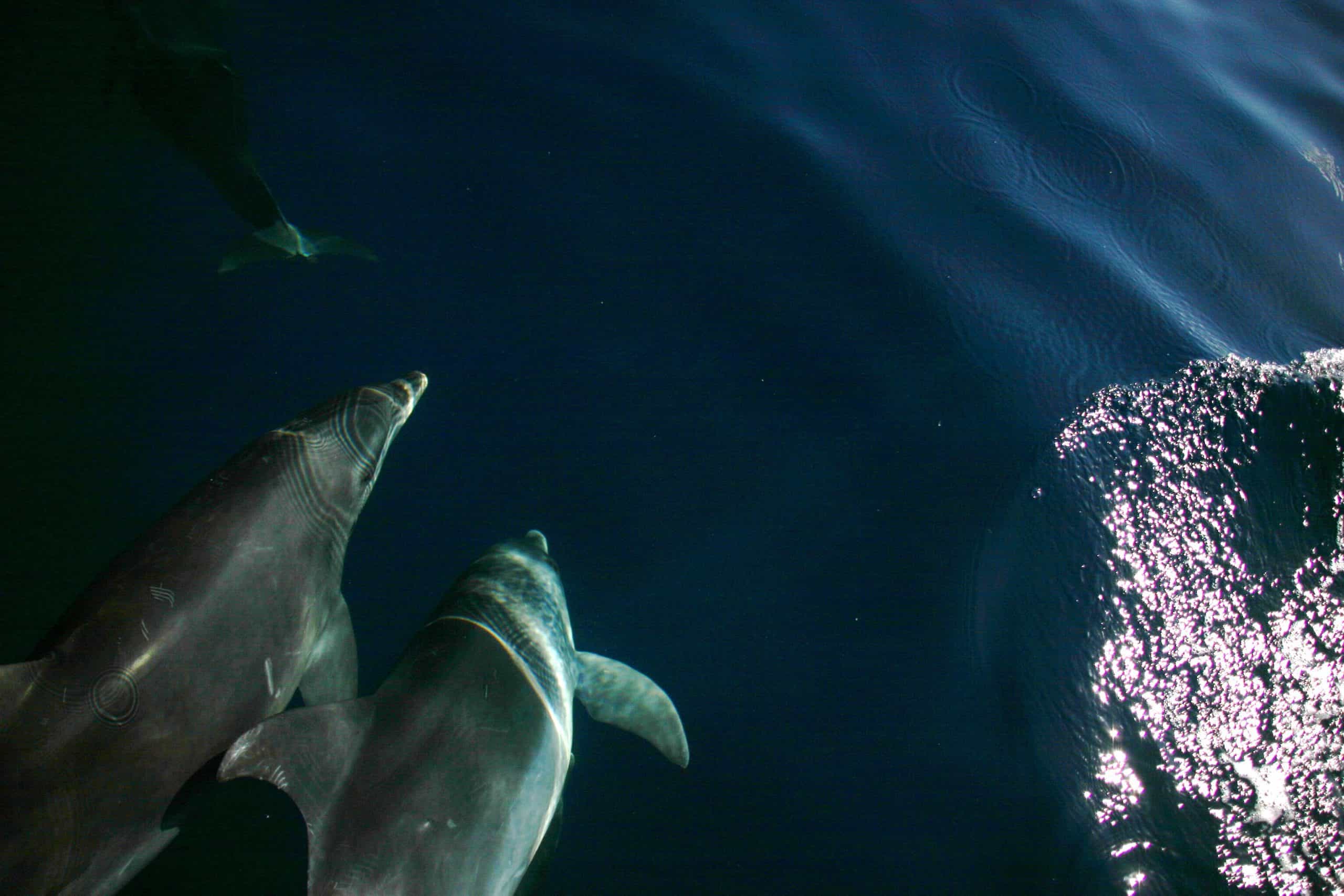
Credit: Sergio Cobarrubia-Russo
He analyzed these photos and identified dolphins based on notches in their fins unique to each individual. Based on whether he saw the same individuals again over the four-year period, he and Barber-Meyer created a capture-recapture type model to estimate the dolphin population in the area.
Enlarge
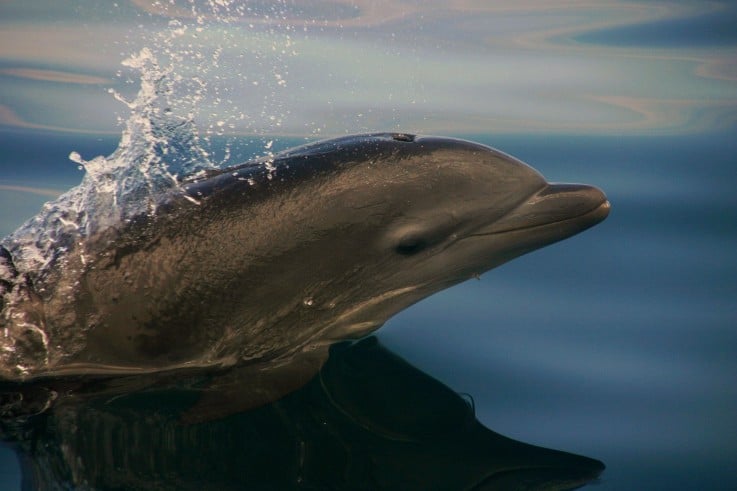
Credit: Sergio Cobarrubia-Russo
They found the bottlenose population was made up of about 41 individuals during this time and stayed reasonably stable at that number. Barber-Meyer said small population sizes of 200 or less are typical of coastal bottlenose dolphins.
In addition, the nutrients in this area may not be enough to support many more dolphins due to relatively weak upwelling from deeper waters and minimal influxes of nutrients from rivers.
But this small population size puts the dolphins at risk from local environmental problems like oil spills or other kinds of contamination.
Enlarge
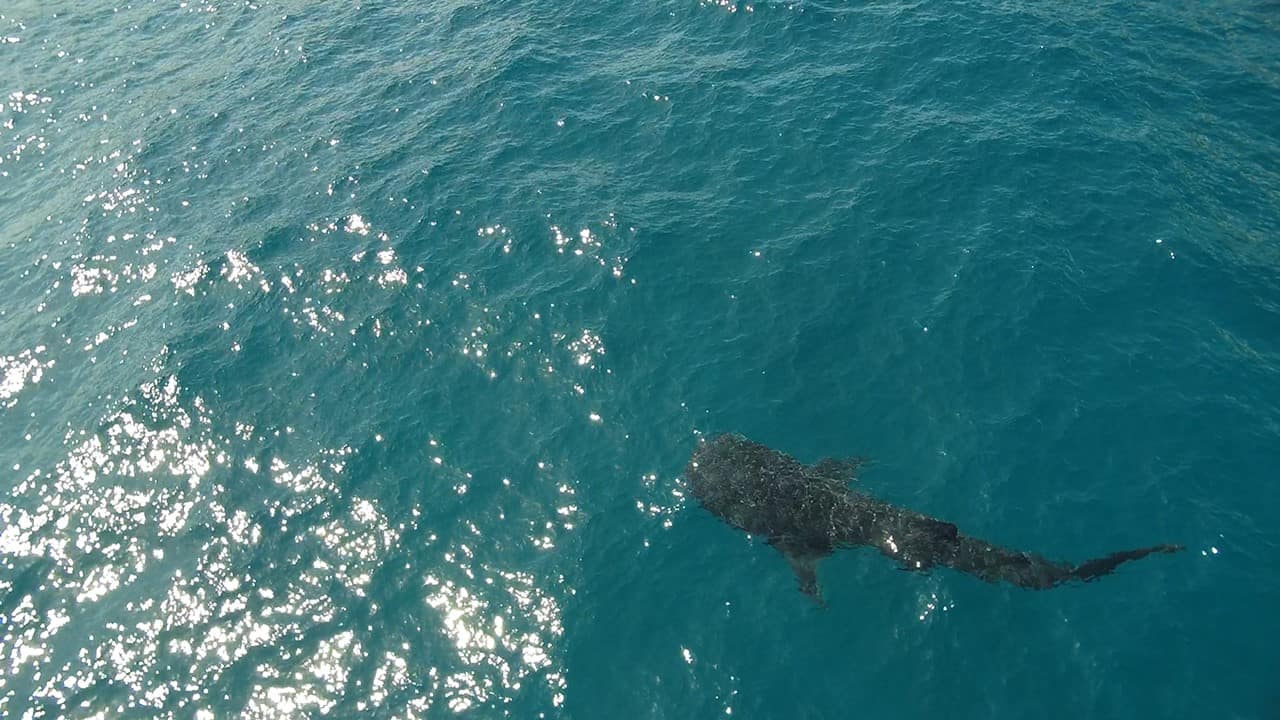
Credit: Sergio Cobarrubia-Russo
Bottlenose dolphins also shared the area with whale sharks (Rhincodon typus) and cetacean species like Atlantic spotted dolphins (Stenella frontalis), they found.
Enlarge
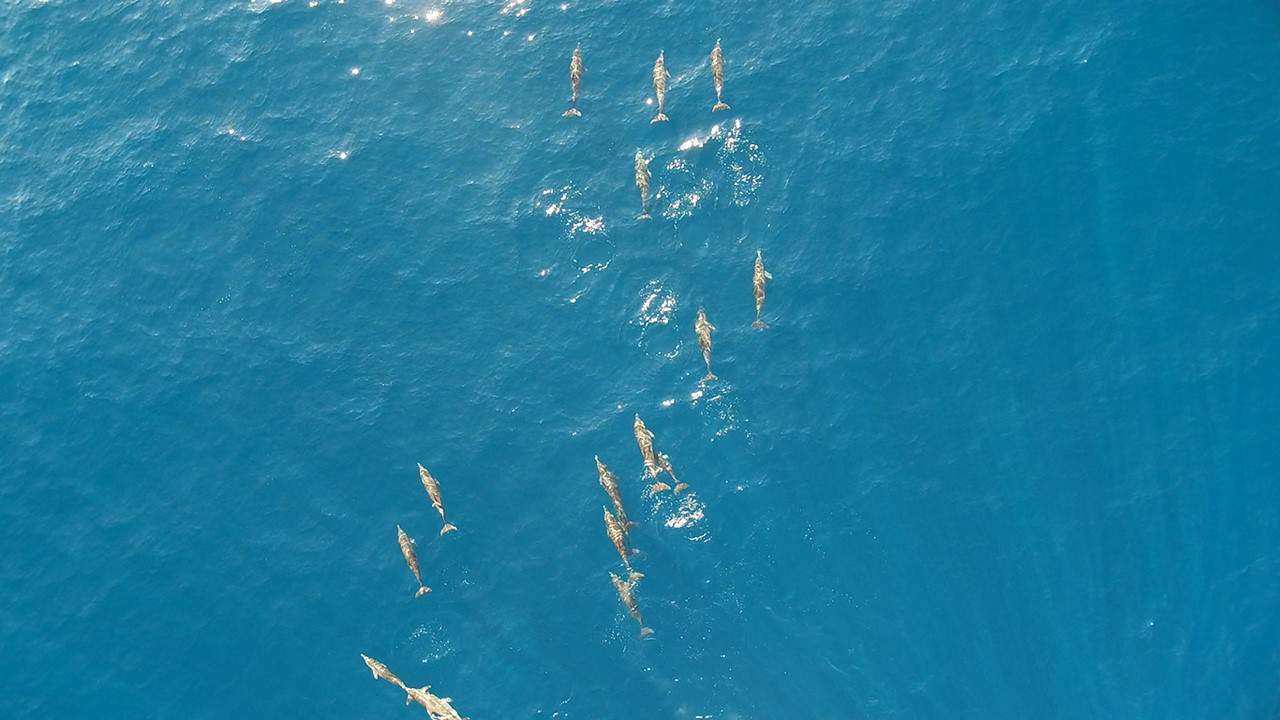
Credit: Sergio Cobarrubia-Russo
But the population of spotted dolphins has declined with encounter rates dropping by more than 90% during more recent follow up surveys between 2019 and 2020. The researchers aren’t yet sure why. There may be some level of competition between the dolphin species, though the two typically feed at different depths.
Enlarge
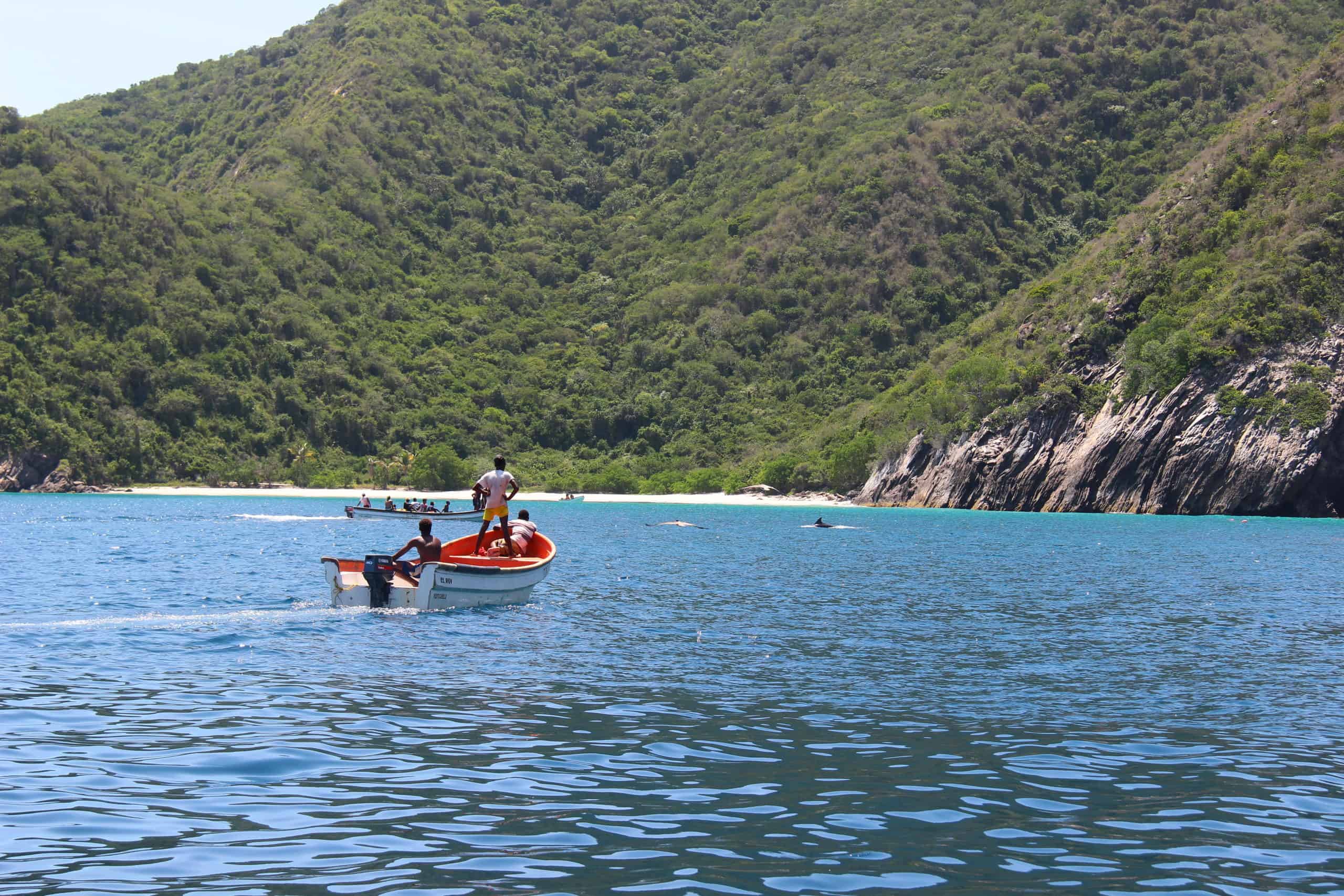
Credit: Sergio Cobarrubia-Russo
Overfishing doesn’t seem to be an issue in the area, where there are mostly artisanal fishers like those above. Trawling, an indiscriminate form of net fishing that can result in dolphin bycatch, has been banned since 2007 in Venezuelan waters.
The researchers are currently working on follow-up work looking at the locals’ perceptions of cetaceans in the area. They also want to examine the possible causes spotted dolphin decline.
Enlarge
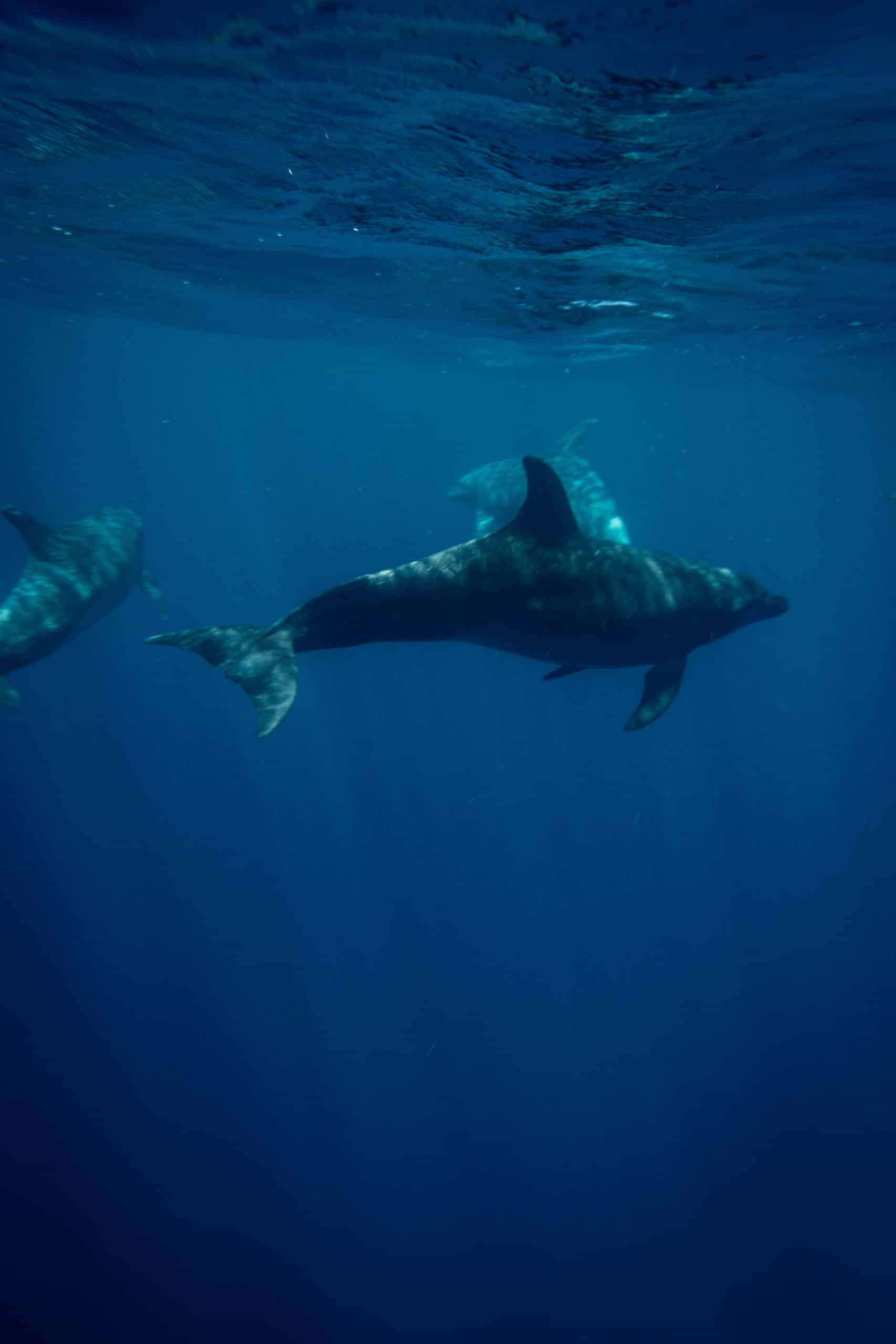
Credit: Sergio Cobarrubia-Russo
Cobarrubia’s survey work has been limited since 2008 due to difficulty in finding financing, but he has spotted two of the individual dolphins seen during this survey 16 and 17 years later. He’d like to continue similar long-term dolphin research like the studies in Sarasota Bay in Florida or Shark Bay in Australia, but local funding is difficult to come by given the economic situation in Venezuela.
“International financial support for these activities is imperative,” Cobarrubia said.
Header Image: A dolphin jumps from the water off the coast of Aragua, Venezuela. Credit: Sergio Cobarrubia-Russo



